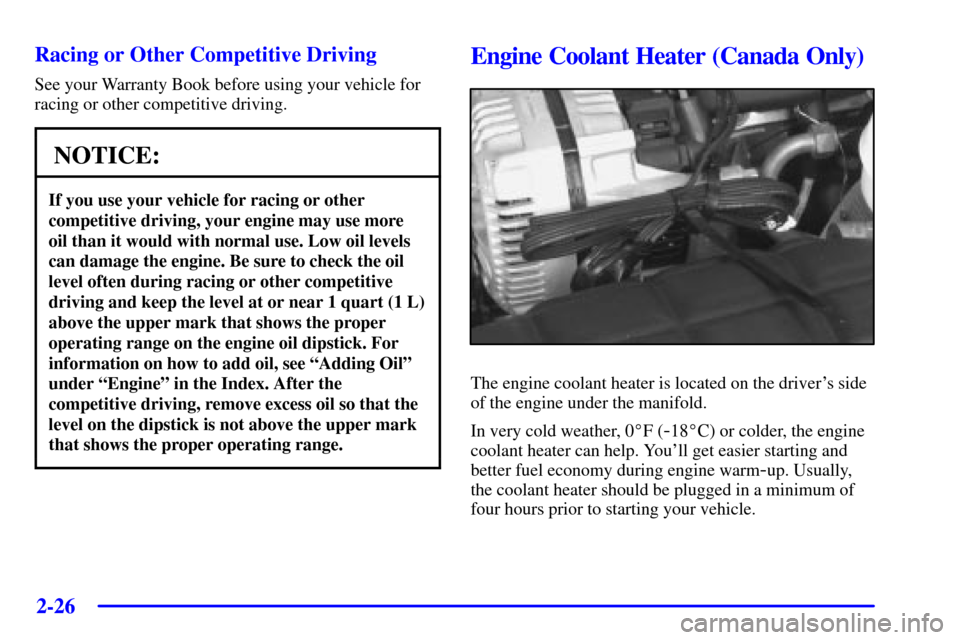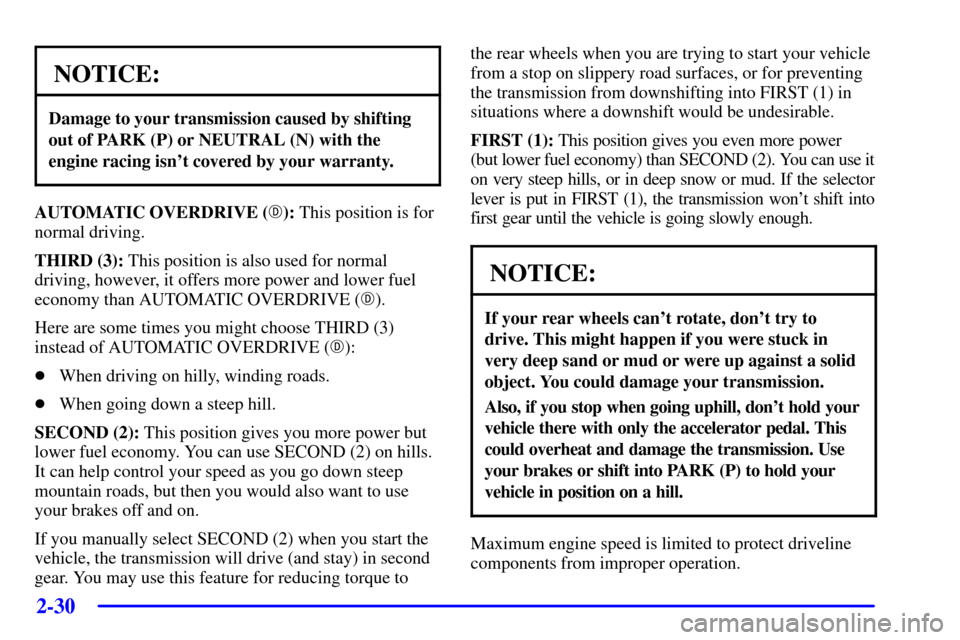Page 6 of 383
Table of Contents (cont'd)
Maintenance Schedule Service and Appearance Care
Section
7
Section
6
Scheduled Maintenance
Owner Checks and Services
Periodic Maintenance InspectionsRecommended Fluids and Lubricants
Maintenance Records Fuel
Checking Fluids and Lubricants
GM Oil Life System™
Engine Air Cleaner/Filter
Brakes
Bulb ReplacementWindshield Wiper Blade Replacement
Tires and Wheels
Appearance Care
Electrical System/Fuses and Circuit Breakers
Capacities and Specifications
Normal Maintenance Replacement Parts
iv
Page 16 of 383

xiv
For example,
these symbols
are used on an
original battery:
CAUTION
POSSIBLE
INJURY
PROTECT
EYES BY
SHIELDING
CAUSTIC
BATTERY
ACID COULD
CAUSE
BURNS
AVOID
SPARKS OR
FLAMES
SPARK OR
FLAME
COULD
EXPLODE
BATTERY
These symbols
are important for
you and your
passengers
whenever your
vehicle is driven:
CHILD
RESTRAINT
TOP STRAP
ANCHOR
DOOR LOCK
UNLOCK
FASTEN
SEAT
BELTS
POWER
WINDOW
AIR BAG
These symbols
have to do with
your lamps:
MASTER
LIGHTING
SWITCH
TURN
SIGNALS
PARKING
LAMPS
HAZARD
WARNING
FLASHER
DAYTIME
RUNNING
LAMPS
FOG LAMPS
These symbols
are on some of
your controls:
WINDSHIELD
WIPER
WINDSHIELD
WASHER
WINDSHIELD
DEFROSTER
REAR
WINDOW
DEFOGGER
VENTILATING
FAN
These symbols
are used on
warning and
indicator lights:
ENGINE
COOLANT
TEMP
BATTERY
CHARGING
SYSTEM
BRAKE
COOLANT
ENGINE OIL
PRESSURE
ANTI-LOCK
BRAKES
Here are some
other symbols
you may see:
FUSE
LIGHTER
HORN
FUEL
Vehicle Symbols
These are some of the symbols you may find on your vehicle. Also see ªWarning Lights and Gagesº in the Index.
Page 18 of 383
Service Station Guide
Oil Viscosity
Engine Oil
See Section 6
Tire Pressure
See Section 6
Engine Oil Dipstick
See Section 6
Cooling System
See Section 5
Battery
See Section 6
Windshield Washer
Fluid
See Section 6
Hood Release
See Section 6
Remote Fuel
Release Door
See Section 6
For
a More
Detailed Look at
What's Under the Hood
See Section 6
Alternate
Fuel Door Release
See Section 6
Fuel
Use unleaded only.
See Section 6
for octane ratings.
Page 82 of 383

2-20
Disarming the System
Always use your key or the remote keyless entry
transmitter to unlock a door. Unlocking a door any other
way will set off the alarm. If your alarm sounds, listed
below are the ways you can disarm it:
�Unlock the driver's door with your key.
�Put the key in the ignition.
�Press the unlock button on the remote keyless
entry transmitter.
Now, if a door or the hatch/trunk lid is opened without
the key or the remote keyless entry transmitter, the
alarm will go off. Your horn will sound for two minutes,
then it will go off to save battery power. And, your
vehicle won't start.
The theft
-deterrent system won't arm if you lock the
driver's door with a key, the manual door lock, or if you
use the power door lock after the doors are closed.
If your passenger stays in the vehicle when you leave
with the keys, have the passenger lock the vehicle after
the doors are closed. This way the alarm won't arm, and
your passenger won't set it off.
PASS-Key�
Your vehicle is equipped
with the PASS
-Key
(Personalized Automotive
Security System)
theft
-deterrent system.
PASS
-Key is a passive
theft
-deterrent system.
It works when you insert
or remove the key from
the ignition.
PASS
-Key uses a resistor pellet in the ignition key that
matches a decoder in your vehicle.
When the PASS
-Key system senses that someone is using
the wrong key, it shuts down the vehicle's starter and fuel
systems. For about three minutes, the starter won't work
and fuel won't go to the engine. If someone tries to start
your vehicle again or uses another key during this time,
the shutdown period will start over again. This discourages
someone from randomly trying different keys with
different resistor pellets in an attempt to make a match.
The key must be clean and dry before it's inserted in the
ignition or the engine may not start. If the SECURITY
light comes on, the key may be dirty or wet.
Page 88 of 383

2-26
Racing or Other Competitive Driving
See your Warranty Book before using your vehicle for
racing or other competitive driving.
NOTICE:
If you use your vehicle for racing or other
competitive driving, your engine may use more
oil than it would with normal use. Low oil levels
can damage the engine. Be sure to check the oil
level often during racing or other competitive
driving and keep the level at or near 1 quart (1 L)
above the upper mark that shows the proper
operating range on the engine oil dipstick. For
information on how to add oil, see ªAdding Oilº
under ªEngineº in the Index. After the
competitive driving, remove excess oil so that the
level on the dipstick is not above the upper mark
that shows the proper operating range.
Engine Coolant Heater (Canada Only)
The engine coolant heater is located on the driver's side
of the engine under the manifold.
In very cold weather, 0�F (
-18�C) or colder, the engine
coolant heater can help. You'll get easier starting and
better fuel economy during engine warm
-up. Usually,
the coolant heater should be plugged in a minimum of
four hours prior to starting your vehicle.
Page 92 of 383

2-30
NOTICE:
Damage to your transmission caused by shifting
out of PARK (P) or NEUTRAL (N) with the
engine racing isn't covered by your warranty.
AUTOMATIC OVERDRIVE (�): This position is for
normal driving.
THIRD (3): This position is also used for normal
driving, however, it offers more power and lower fuel
economy than AUTOMATIC OVERDRIVE (�).
Here are some times you might choose THIRD (3)
instead of AUTOMATIC OVERDRIVE (�):
�When driving on hilly, winding roads.
�When going down a steep hill.
SECOND (2): This position gives you more power but
lower fuel economy. You can use SECOND (2) on hills.
It can help control your speed as you go down steep
mountain roads, but then you would also want to use
your brakes off and on.
If you manually select SECOND (2) when you start the
vehicle, the transmission will drive (and stay) in second
gear. You may use this feature for reducing torque to the rear wheels when you are trying to start your vehicle
from a stop on slippery road surfaces, or for preventing
the transmission from downshifting into FIRST (1) in
situations where a downshift would be undesirable.
FIRST (1): This position gives you even more power
(but lower fuel economy) than SECOND (2). You can use it
on very steep hills, or in deep snow or mud. If the selector
lever is put in FIRST (1), the transmission won't shift into
first gear until the vehicle is going slowly enough.
NOTICE:
If your rear wheels can't rotate, don't try to
drive. This might happen if you were stuck in
very deep sand or mud or were up against a solid
object. You could damage your transmission.
Also, if you stop when going uphill, don't hold your
vehicle there with only the accelerator pedal. This
could overheat and damage the transmission. Use
your brakes or shift into PARK (P) to hold your
vehicle in position on a hill.
Maximum engine speed is limited to protect driveline
components from improper operation.
Page 94 of 383
2-32
Shift Speeds (Manual Transmission)
CAUTION:
If you skip a gear when you downshift, you could
lose control of your vehicle. You could injure
yourself or others. Don't shift down more than
one gear at a time when you downshift.
This chart shows when to shift to the next higher gear
for the best fuel economy.
If your engine speed drops below 900 rpm, or if the
engine is not running smoothly, you should downshift to
the next lower gear. You may have to downshift two or
more gears to keep the engine running smoothly or for
good engine performance.
NOTICE:
When you are shifting gears, don't move the
gearshift lever around needlessly. This can
damage parts of the transmission and may
require costly repair. Shift directly into the next
appropriate gear.
Page 95 of 383
2-33 One to Four Shift Light
(Manual Transmission)
When this light comes on,
you can only shift from
FIRST (1) to FOURTH (4)
instead of FIRST (1) to
SECOND (2).
You must complete the shift into FOURTH (4) to turn
off this feature. This helps you get the best possible
fuel economy.
After shifting to FOURTH (4), you may downshift to a
lower gear if you prefer.
NOTICE:
Do not try to force the shift lever into SECOND (2)
or THIRD (3) when the 1 TO 4 SHIFT light comes
on. Do not try to re
-engage FIRST (1) after
starting to shift into FOURTH (4). You will damage
your transmission. Shift only from FIRST (1) to
FOURTH (4) when the light comes on.
This light will come on when:
�The engine coolant temperature is higher than
169�F (76�C),
�you are going 15 to 19 mph (24 to 31 km/h) and
�you are at 21 percent throttle or less.